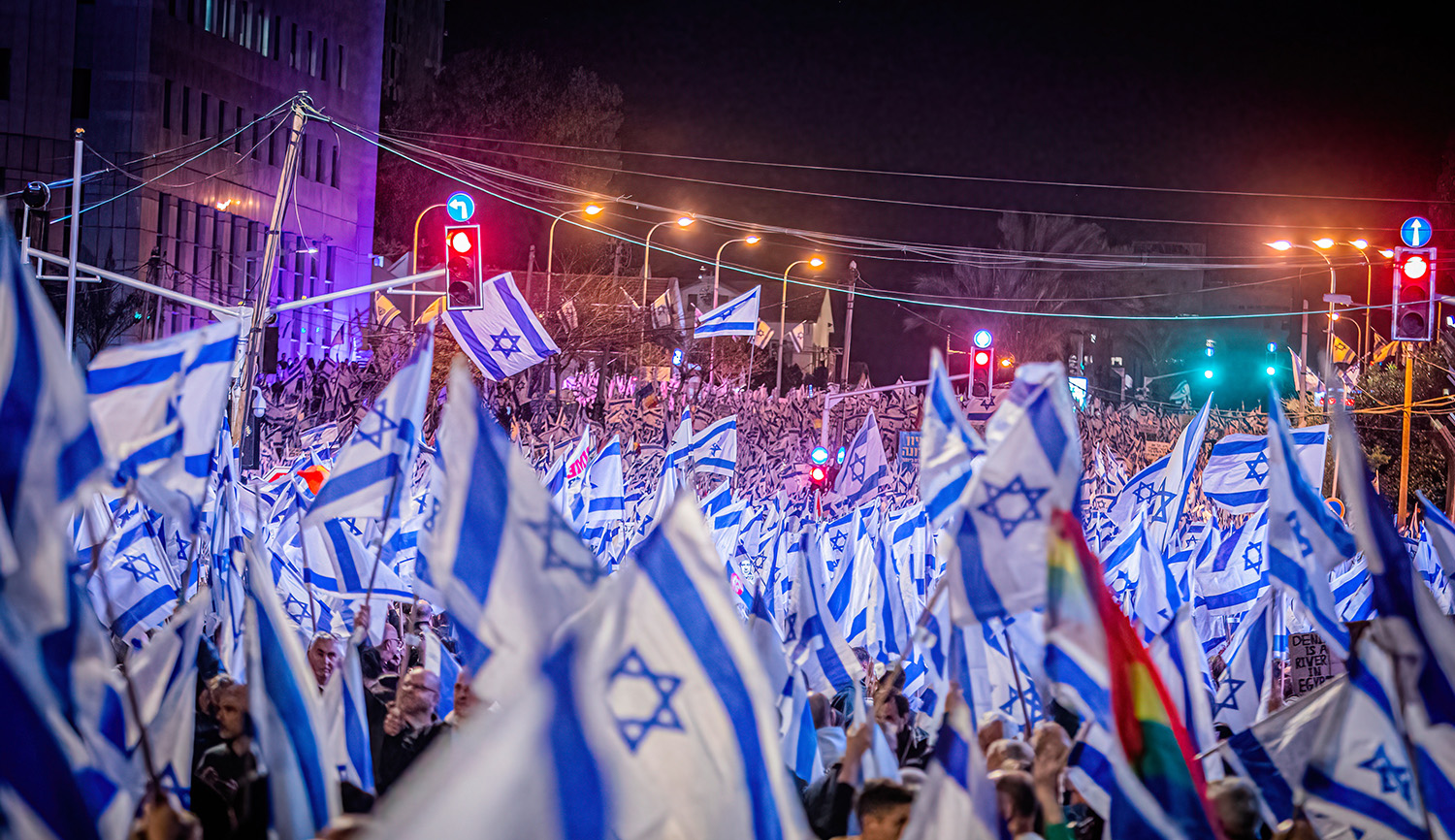In September 1941, the students of Poland’s Mir yeshiva found themselves in the Japanese city of Kobe, having fled Hitler’s advancing forces via Siberia. As the Jewish new year approached, they found themselves confronted with an urgent dilemma: on what day should they observe Yom Kippur? Nobody had yet clarified where Jewish law places the international dateline—a question first raised in the 12th century—and it was possible that they were to its east. Baruch Sterman and Judy Taubes Sterman explain:
The two main opinions at the time began with the assumption that Jerusalem is the center of the world. Rabbi Yechiel Michel Tucazinsky, a prominent yeshiva head in Jerusalem, set the dateline 180 degrees opposite Jerusalem. Rabbi Avraham Karelitz, the leading ḥaredi authority of the time (known as the Ḥazon Ish), argued that since noon in Jerusalem means sunset in China, the date line should be set at the eastern edge of the Eurasian continent. A third view held that there is no uniform date line, and Jewish law should follow the local date.
Japan lies to the east of the Ḥazon Ish date line but to the west of the line drawn by Rabbi Tucazinsky. The Jewish community in Japan had generally accepted the local reckoning of the date, but the Mirrer yeshiva in exile was looking for a more authoritative answer.
They sent a telegram to the Ashkenazi chief rabbi of Palestine, Isaac Herzog—who had been instrumental in their rescue—asking for an opinion. He quickly summoned a council of rabbis to discuss the matter. While they provisionally decided that Kobe lies west of the line, Herzog returned to the question in his later writing:
He considered the opinion of the Ḥazon Ish, which was based on an analogy to a related position first expounded by the 12th-century Spanish scholar Rabbi Zerachiah Halevi of Gerondi. “This opinion,” Herzog wrote, “is built entirely on the premise that the top hemisphere of the Earth contains the land and all inhabitants, while the bottom is all water, with Jerusalem at the center of the top hemisphere.” As a modern, Herzog could not bring himself to accept this ruling. “Though I am but a thousandth of the dust under their feet,” he wrote of his rabbinic predecessors, he was unable to deny the obvious: “in reality this premise is erroneous.” Likewise, he saw no justification or precedent for “turning Jerusalem into our Greenwich” and setting the line 180 degrees opposite the Holy City, as Rabbi Tucazinsky had done.
Read more at Jewish Review of Books
More about: Halakhah, Holocaust rescue, Japan, Yom Kippur


